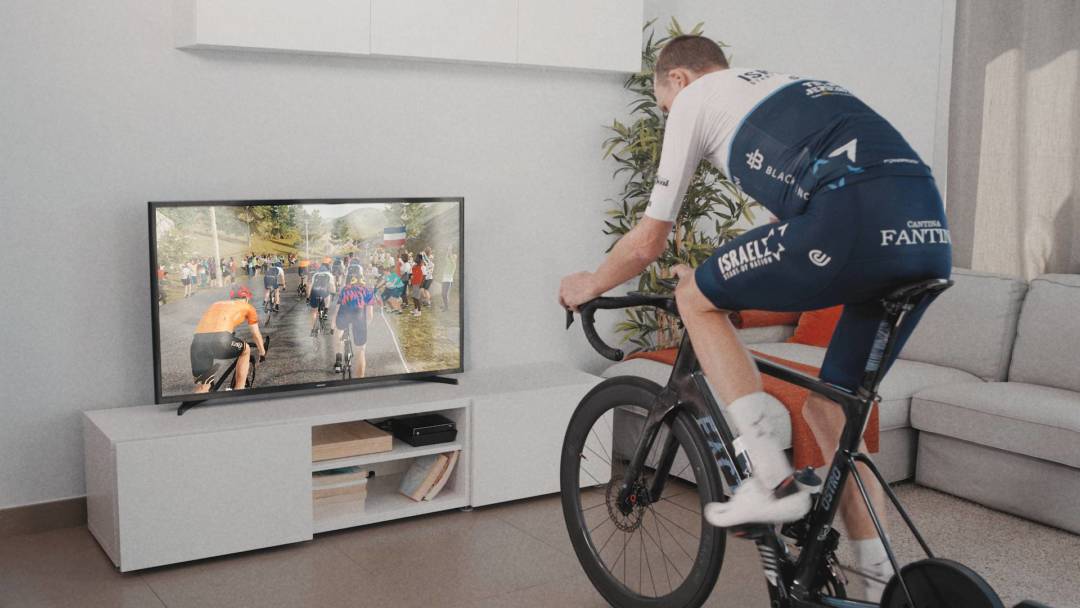If you like cycling and you are one of those fans who want to improve their performance on two wheels, you probably already know the importance of good nutrition. However, this aspect, one of the most complex and individualized aspects of cycling, is the unfinished business for many enthusiasts.
Sports nutrition is not easy to manage but, fortunately, there are a number of basic principles that, as cyclists, we can – and should – apply in almost any circumstance.
If you’ve never paid the necessary attention to your nutrition, simply follow the guidelines below to take your training performance to the next level.
Carbohydrates are king
Carbohydrates provide our body with its main source of energy: glycogen. This comes to our body through glucose – simple sugar – contained in the various carbohydrate sources we consume on a daily basis.
Our body stores this fuel – glycogen – in the liver and muscles, but reserves are limited: it can only store a small amount.
Therefore, when we engage in physical activity, our body needs us to replenish the glycogen it uses up through various sources: gels, bars, gummies, fruit, etc.
The amount of carbohydrates to be consumed varies greatly depending on the type of effort, duration, climatic conditions and the athlete’s tolerance. Although until a few years ago we used to talk about 40-60 grams of carbohydrates per hour, nowadays the general guidelines are 90 grams and even 120 grams of carbohydrates per hour.
However, these figures must be put in context. A one-hour recovery workout is not the same as a long day of series where we are going to take the body to high efforts continuously.
However, these figures must be put into context. A one-hour recovery workout is not the same as a long day of series where we are going to push the body to high levels of efforts continuously.
The longer and higher the effort, the more carbohydrates we should try to consume. In an easy training session 30 grams per hour may be enough and a more demanding day of series may require 60 grams.
In this sense, the ideal option is to start with lower doses, around 30-50 grams per hour, to allow our digestive system to get used to it, and gradually increase the amount.
Keep in mind that the more you practice nutrition, the sooner your body will get used to tolerate higher amounts and, therefore, the sooner you will be able to get more out of your performance.

Good hydration is necessary to achieve good nutrition
When we talk about nutrition, we must also talk about hydration. If we want to achieve a good carbohydrate intake, it is essential to achieve a good state of hydration.
Keep in mind that dehydration slows gastric emptying and intestinal motility. As a consequence, sugar remains too long in the intestine and ends up causing the dreaded gastrointestinal problems.
To know how much fluid we should consume during our workouts, the ideal is to calculate the sweat rate. However, avoiding drinking often before the sensation of thirst appears is also a good strategy to prevent dehydration.
Don’t forget your mineral salts
Mineral salts are the great forgotten ones. Sodium is a determining element in our performance. Simply explained, we can say that this mineral is the pump responsible for keeping the body fluids in balance – it regulates the amount of water inside and outside the cells – and the muscles and nerves working smoothly.
Sodium not only improves hydration by accelerating the process of fluid assimilation by the body, but also improves the assimilation of carbohydrates through the intestine.
Since this mineral is lost through sweat, it is essential to replenish our sodium reserves through supplements such as sports drinks, mineral salt tablets or similar.
A decrease in sodium in the body can produce a syndrome known as hyponatremia, which occurs when the concentration of sodium in the blood is abnormally low and causes the blood to dilute and can cause anything from nausea or vomiting to headaches, disorientation or even convulsions and coma.
In indoor cycling, where it is usual that sweating is higher, we must take even more care if possible hydration and sodium intake. Current recommendations speak of 0.6-1 gram of sodium per liter of liquid.
If you haven’t had the chance to try BKOOL yet, you can try it for FREE for 30 days on our website.
 Go to BKOOL
Go to BKOOL





